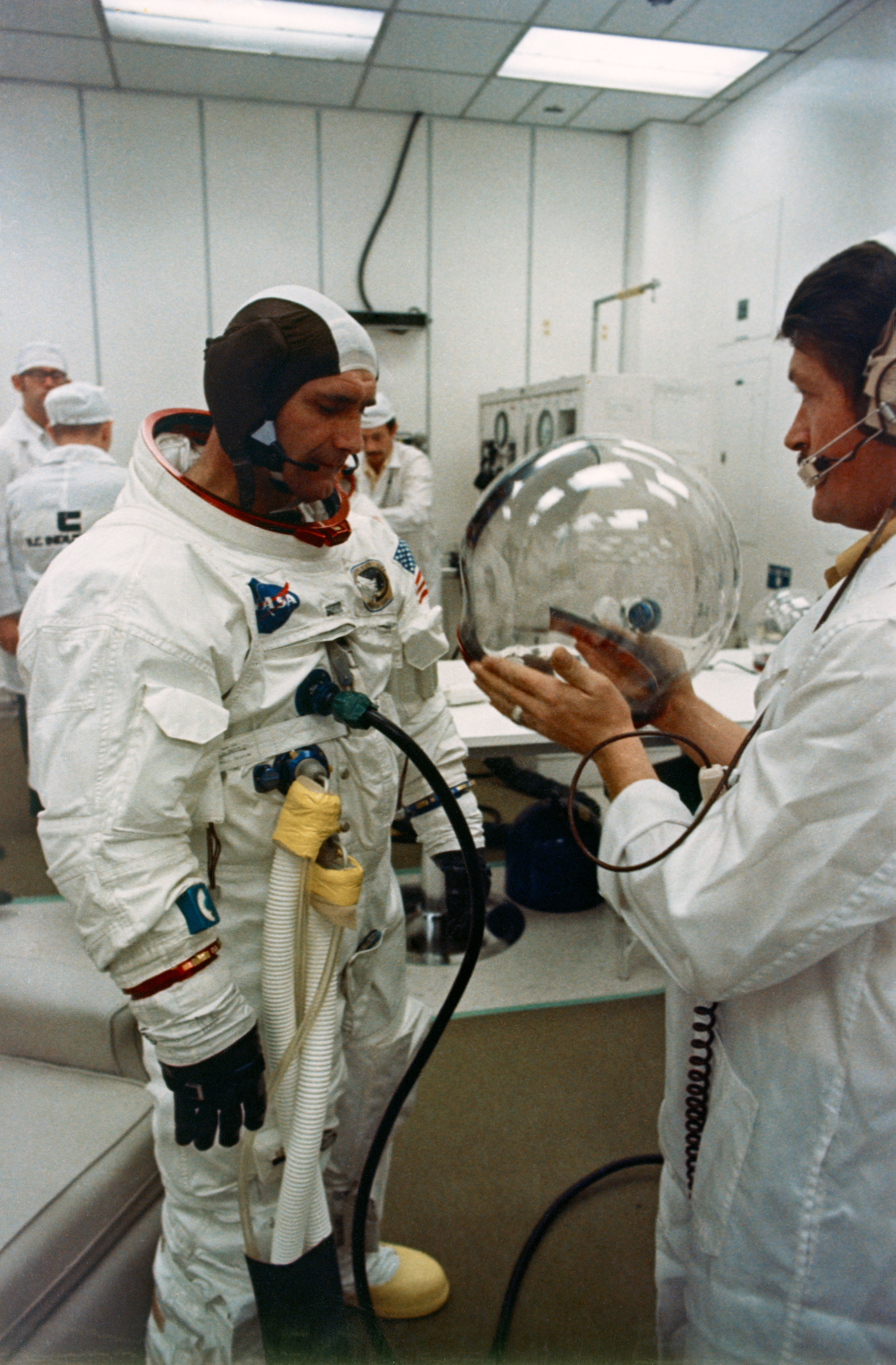

Shooting the moon at night is like shooting directly into any other very bright light source with a camera. Well the quick answer to that is, you don't. How do I expose for the moon and for the rest of the scenery after then sun has gone down? Remember too that this is a tricky lighting situation no matter how you approach it, so bracket every shot you take to give yourself the best chances at getting the best exposure.
To the moon secrets iso#
For this reason, you always want to photograph the moon at the lowest ISO that your camera allows. If you're shooting at night, remember that noise can become a problem, even if you're using a modern DSLR with a good high ISO capability.
To the moon secrets manual#
You'll need to use manual focus and manual shutter/aperture. When you're photographing the moon, think manual. That way the mirror can vibrate to its heart's content, and when it's finished you can take the shot and not worry that the vibration will impact the sharpness of your final image. What mirror lock-up does is get that mirror out of the way first, lock it in place, and then let you decide when to release the shutter. This can create vibration during long exposures. The mirror in your DSLR is what allows you to view the scene through your viewfinder-during normal operations, the mirror flips up out of the way so the camera can make the exposure.

And just to make sure you've covered all your bases, you should also consider using your camera's mirror lock-up feature (if it has one). Most of the time, this is going to mean you'll need that tripod for your moon shots. For example, if your lens is 300mm, you should avoid handholding your camera at shutter speeds slower than 1/300. Remember this basic rule: you shouldn't handhold your camera if the denominator of your shutter speed is smaller than the focal length of your lens. Set a small ISO to prevent the noise that can become a problem when shooting at night, so you'll also need a much longer shutter speed. Remember that you've got a lot of things working against you with moon photography - as discussed above, you need a very long lens. And along with that goes a cable or remote release, though your camera's timer will also do in a pinch. Other required equipmentīesides that telephoto lens, you will also need a tripod, especially if you are shooting your subject at twilight or at night. You can of course crop in post-processing, but to really get some good detail in your photo you may want to consider investing in a good teleconverter. Even at 300mm the moon is still only going to fill 10% of your frame.

What you need to recreate the moon as it appears to your eye is a good telephoto lens - 200mm is a good place to start, but depending on your goal you really can't have a lens that is too long. A wide angle lens or even a pretty basic 50mm lens is going to make that moon look tiny. The solution to this problem is in your lens. So while you're thinking, "wow, the moon is huge tonight" your camera is thinking "wow, the moon is puny tonight." And that's part of why those photos end up being a disappointment. The "moon illusion" is a trick our eyes play on us where the moon appears to be larger when it is just above the horizon than it does when it is further up in the sky. Part of the reason for this is the "moon illusion" phenomenon, which is a little bit like one of those optical illusions you used to look at as a kid-you know, the two lines that look like they're different sizes but are actually exactly the same size. It's quite likely that in some of those failed moon shots of yours you've been annoyed by how tiny that moon looked compared to the one that appeared before you in all its enormous glory. Split Rock Lighthouse, MN, USA by Flickr user howardignatius Lenses and the Moon Illusion


 0 kommentar(er)
0 kommentar(er)
